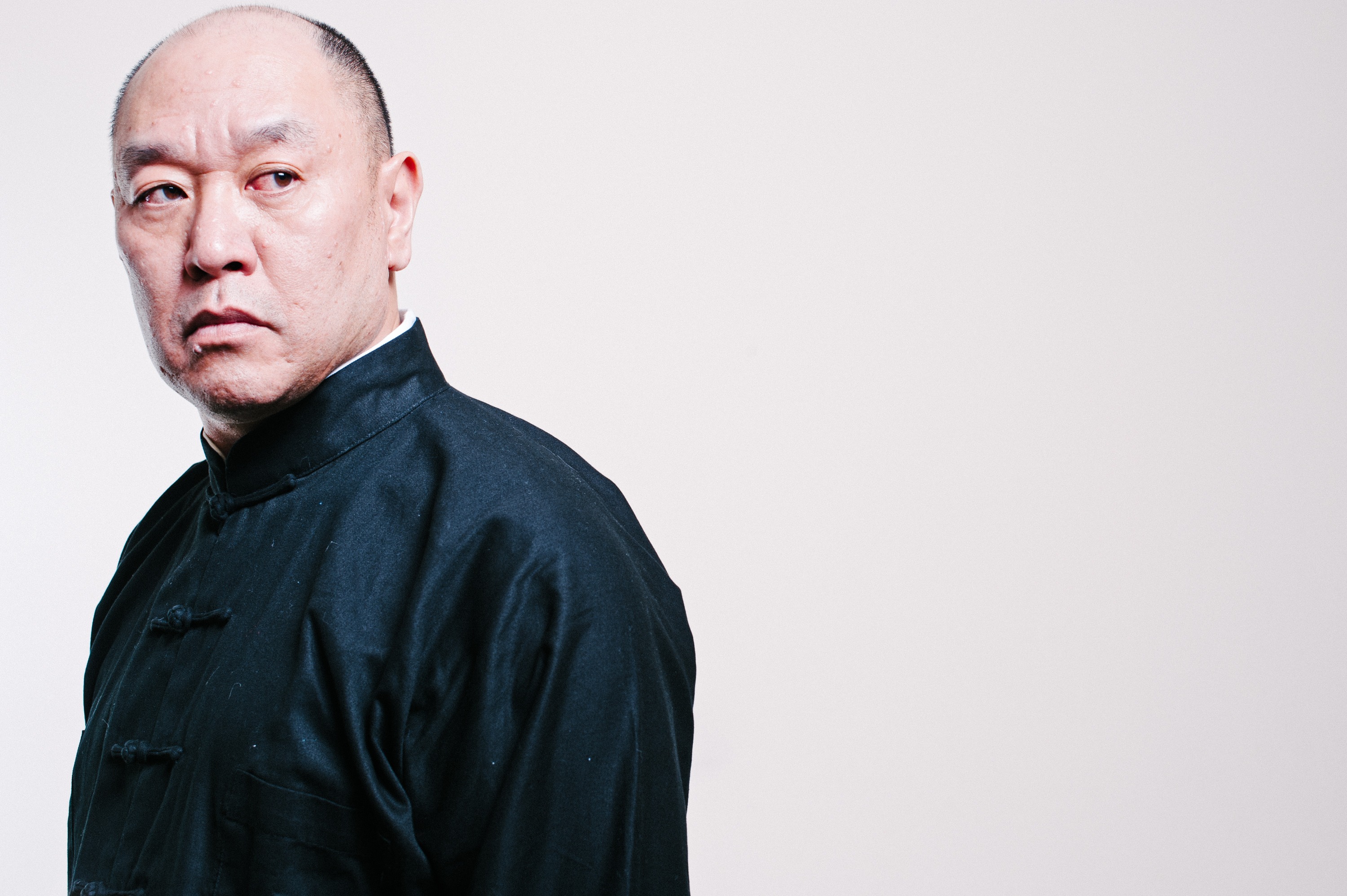
Defining Internal
by Robert Chu “image by JACKRATANA”
Article written in 1999
What most people see in Wing Chun Kuen is the fixed form that may belong to the beginner or intermediate. Even if a person has learned all the forms in Wing Chun Kuen, they may not yet have reached an advanced level. Wing Chun can be learned quickly, but not necessarily deeply if a person does not understand how to use the body. Most have seen a rigid interpretation of the first form in Wing Chun Kuen called “Siu Nim Tao” (Translation: “Focus on the small at the foundation”). A person at the beginner or intermediate stage sits in the basic stance of the system and is rigidly “locked”. At advanced levels, the stance becomes dynamic and engages the body in rising and sinking, absorbing and pushing forward – not mechanical, but based on being able to fa jing in all points of contact with an opponent. Because the movement is very small, it appears that one is “locked”, but that is not the case at advanced levels.
By the second form called “Chum Kiu” (Translation: “Seeking to Bridge an opponent’s center of gravity” or alternatively written as “Sinking the structure of the opponent”) the student is engaged in many step shifts and body changes. At beginner and intermediate levels, the practitioner may be rigidly locked in switching from step to step (not “stance”, as often translated poorly in English – performing a choreography that is similar to an alive advanced level, but it is still mechanical or technical. At the high levels, the practitioner embodies the training of sensing (ting jing) and the steps come into the reaction of an opponent’s force acting upon you – one does not take a pose or a stance, but adjusts as the situation requires to maintain rooting – like riding a surfboard or having to stand on a moving subway car. If a person is trying to uproot you from the right, the position is adjusted and properly braced to neutralize that force acting upon you and align a vector so that your opponent’s force helplessly is directed to the ground. A slight change of this, and the opponent can be uprooted and sent flying with a minimum of strength because you can align multiple simultaneous vectors of force in striking your opponent or simply uproot them, or absorb the force into nothingness. I’ve done my best to try to find the correct words in describing advanced level Wing Chun Kuen here. It is very much alive, so that when people speak of aligning vector forces or using ground strength, this is present in advanced level Wing Chun Kuen as well, and should have been taught in the beginning level of Wing Chun Kuen. Many people simply do not know how to use the entire body. Just as there are a lot of hippie Tai Chi’ers doing choreography based on Tai Ji Quan the martial art, there are a lot of Wing Chun Kuen practitioners that sadly only know the external choreography and basic movements, yet who don’t know a damn thing beyond the beginner and intermediate levels, despite learning all the forms, exercises, drills, wooden man post, and weaponry associated with the system. The Wing Chun Kuen I describe here is what I have seen when I have crossed hands with a few experts and is present throughout the many different lineages and subsystems of Wing Chun Kuen like Yip Man Wing Chun Kuen, Yuen Kay Shan Wing Chun, Gu Lao Wing Chun, Jee Shim Wing Chun, and a few others. I am certainly not unique, but perhaps my articulation in English may be superior to most who practice it because the majority of people who can explain this speak poor or little English.
When I issue force, it is different than Tai Ji or the other so-called Neijia arts because I use the Wing Chun Kuen body mechanics to achieve this core strength, not Tai Ji body mechanics. These are body movements that come from the system after so long practicing. Many people play sticking hands in Wing Chun Kuen, which serves to develop ting jing (listening to energy), but most only do a superficial rolling akin to the limp wristed see-saw push hands in “hippie Tai Chi”. Real sticking hands seeks to immediately capture an opponent’s center of gravity and displace the opponent immediately or absorb their force, guide it, use it against the opponent, borrow the force, inquire and test, uproot, sink and destroy, absorb, bounce out, steal, leak, dissect and isolate an opponent’s skill. It is not the slap and push low level art that you typically see in tournaments, just like the crappy push hands you see in many tournaments today.
In this short essay, I hope you can “see” that Wing Chun Kuen can develop a high level body control and usage, and not simply execute force from the shoulders and a locked stance. I hope I have shared some insight, and diffferentiated the art I practice with what is commonly practiced and thought of as Wing Chun
It is a great article and a true example of an open mind wing chun martial artist. Thanks for posting.